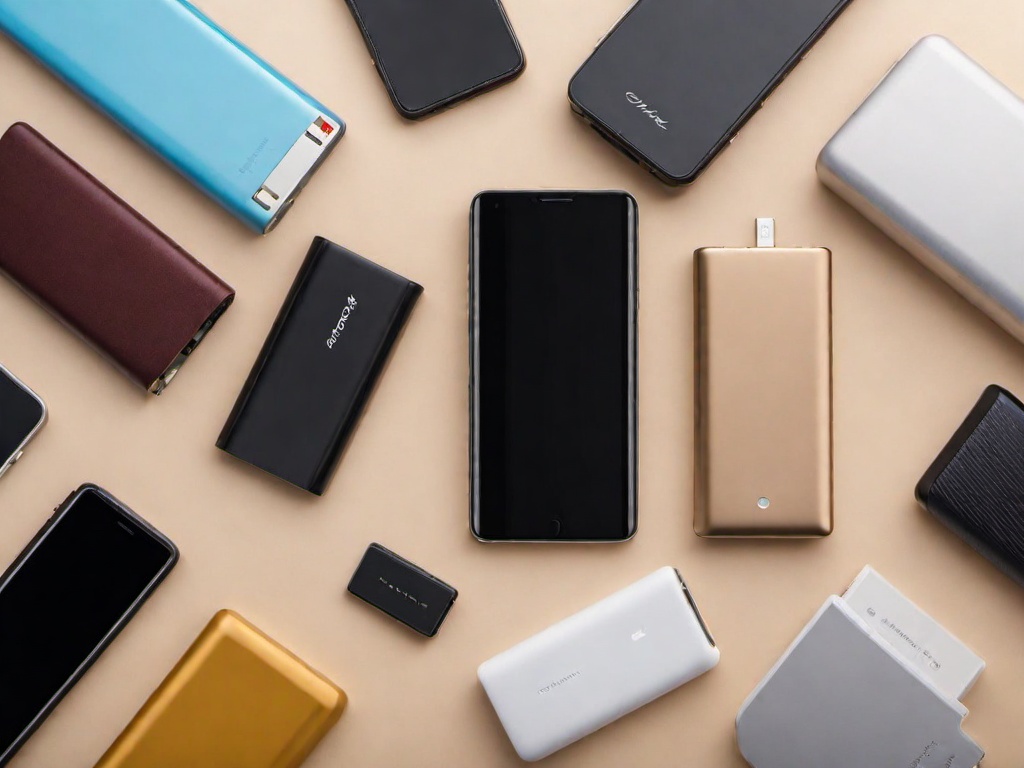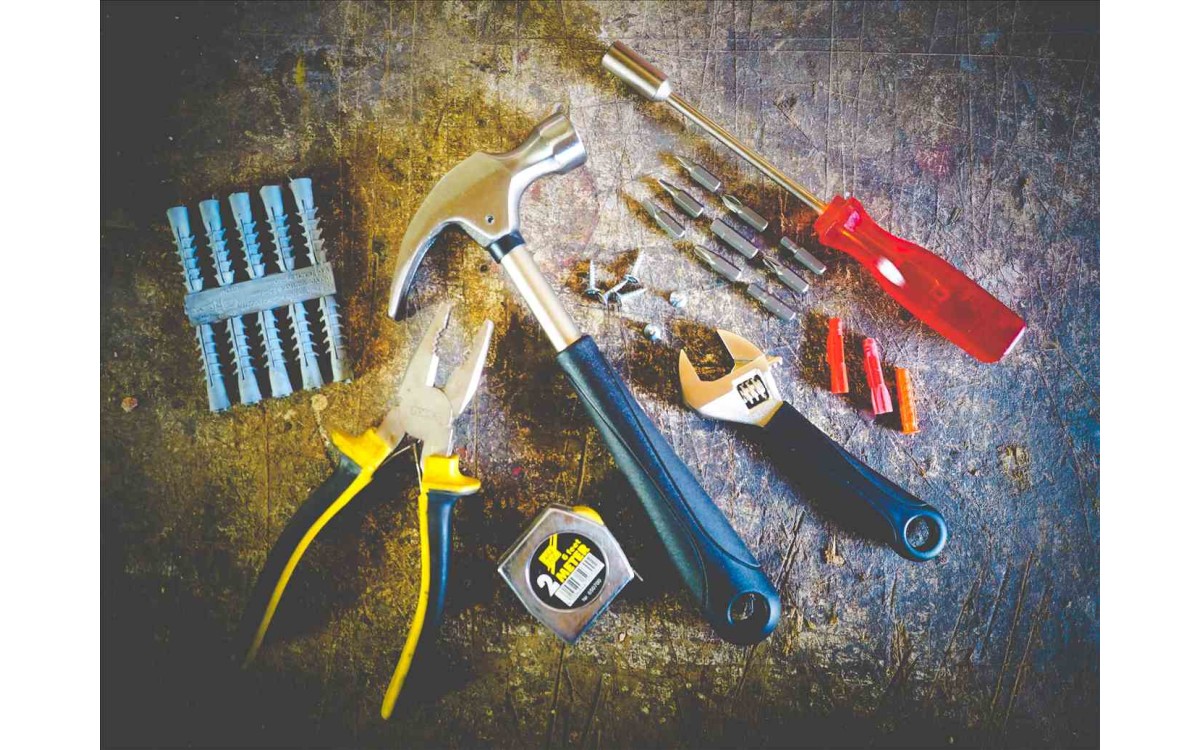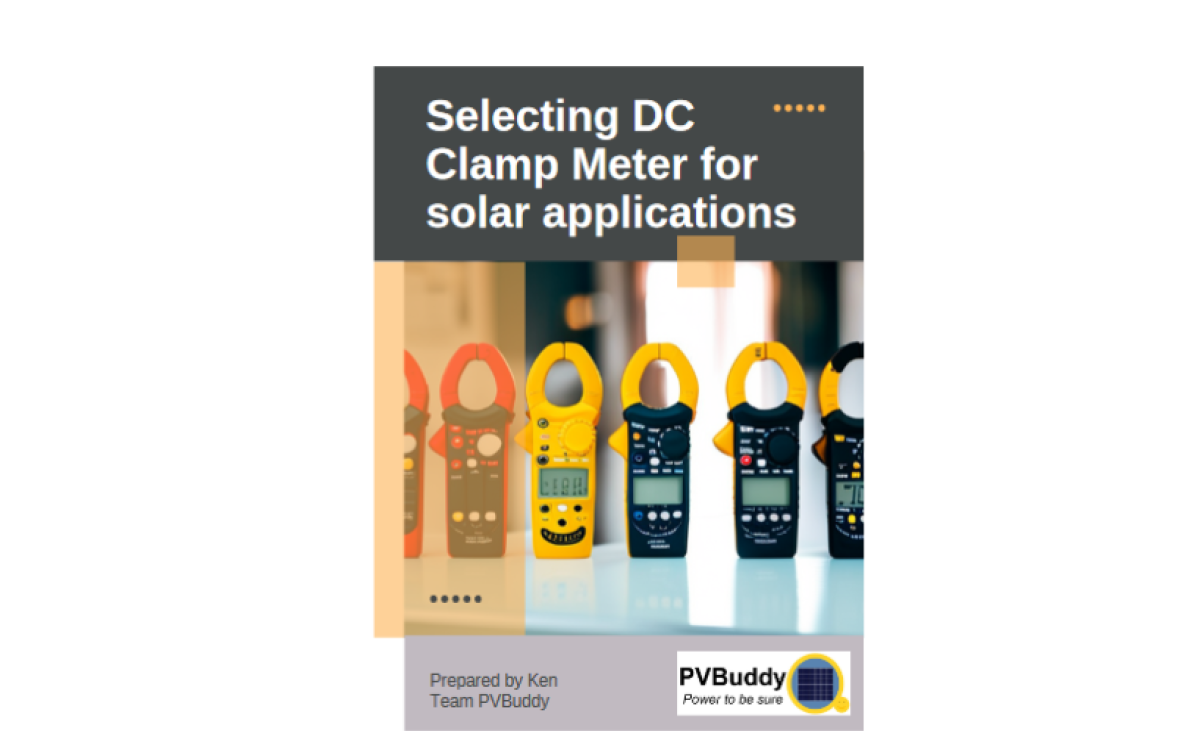Here is our take on selecting Powerbank that meets your needs.

Purpose of Powerbank
Charge a phone, emergency power source for lights, radio or any gadgets that operate in the voltages of 5V, 9V, 12V or even 24V. For this article, we will talk about how to choose a 5VDC power bank; there are several factors to consider.
Output: Make sure the power bank's output is 5VDC. If the output is higher than 5V/2A, then you'll charge at full speed and the extra power is no risk to your phone or charger.
Capacity:
Consider the capacity of the power bank, which is measured in
milliampere-hours (mAh). The capacity you need depends on the devices
you plan to charge and how often you'll use them.
Battery cells: Some come in Lithium Ion e.g. the 18650 battery, Li-Polymer or the ubiquitous AA or AAA sized single use or rechargeable Ni-MH batteries.
Design: The design of the power bank can impact the user-friendliness of the product. Consider factors such as size, weight, and portability
Compatibility: Make sure the power bank is compatible with the devices you plan to charge. Check the specifications for the USB-PD output on your power bank to ensure it matches the voltage and current requirements of your devices.
Safety: I save for last the often ignored but important feature to consider in a powerbank. Look out for one that has safety certification such as UL and with FCC or CE type approval. This means the powerbank is designed and built with adequate current connections and circuitry under loaded and charging conditions.
Next we will talk about how to decide the right battery capacity for your needs.
Most of us buy powerbank as backup to charge our mobile phone. So how to rightsized to your needs?
Here's our tip
When you get a new phone, always charge it for a week with same charger.
If on average busy workday, your 20W charger takes 1 hour to charge it fully and you find you need to charge twice a day, then you can consider a 40W powerbank.
Let's deep dive the simple calculation with impact to charging time and capacity.
Compute device energy use in Wh:
20W charger with 5V output translate to 4A into phone for 1 hour or 20 Wh of energy of phone consumption per charge.
Know your powerbank cell capacity in Wh:
If you are considering a powerbank using 18650 cell type, it has inherent voltage of 3.6V and 2200 mA or 7.9 Wh.
Using Wh as basis, you will need at least a 3-cell powerbank per charge.
So a twice a day charge need on the road will entail a 6-cell powerbank or two sets of 3-cell powerbank. This may be too bulky for a busy road warrior.
Lithium Polymer (LiPo) cell may help with its lighter weight and lesser bulk.
You may consider LiPo with 40Wh capacity which means a 3.6V cell and at least 11,111 mAh specification.
Charging time:
Look next into the powerbank output current. Most come in 0.8A, 1A or 2A.
Recall your 20W phone charger outputs 5V with 4A or 20Wh.
The powerbank having 2A with 3.7V can output 7.4 Wh.
This means it will take almost 3 hrs to provide the juice up your device to 100%.
If you use phone during charging, which is not recommended but largely ignored by most people, the time to reach full charge status will take even longer.
Pros and Cons of cell types
The cell 18650 is commonly available and most powerbank casing allow replacement when they get weak over time.
Inferior quality LiPo cells are often showcased infamously as fire hazards when batteries are exposed to air; they are usually sealed in the casing and entire powerbank needs replacement. It's lighter weight and compact size may appeal to users with limited access to wall socket charging as they travel.
Conclusion
So there you have it. Choosing a powerbank need not be a trial and error decision.
Instead, one need to match your charging needs to match the right sized powerbank, then choose one with safety type approval mark then price and you are good to go.
Enjoy your device charging and you travel.
PS: Operating PVBuddy Sensor
We have done our homework on powering our Sensor. A twin cell 18650 or 4400mAh pack will run the Sensor for at least 13 hours continuously.


